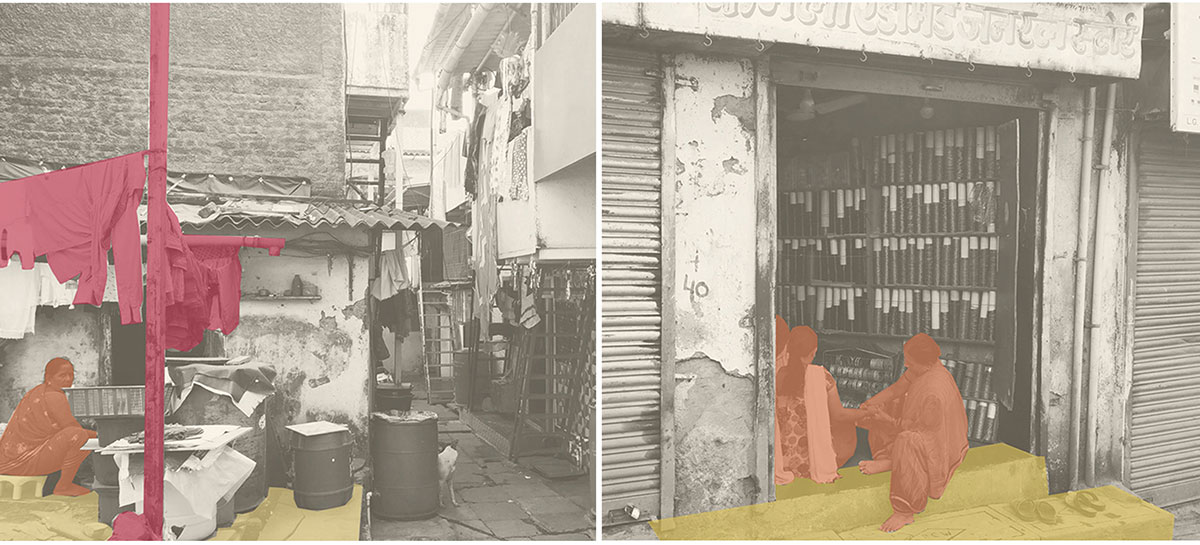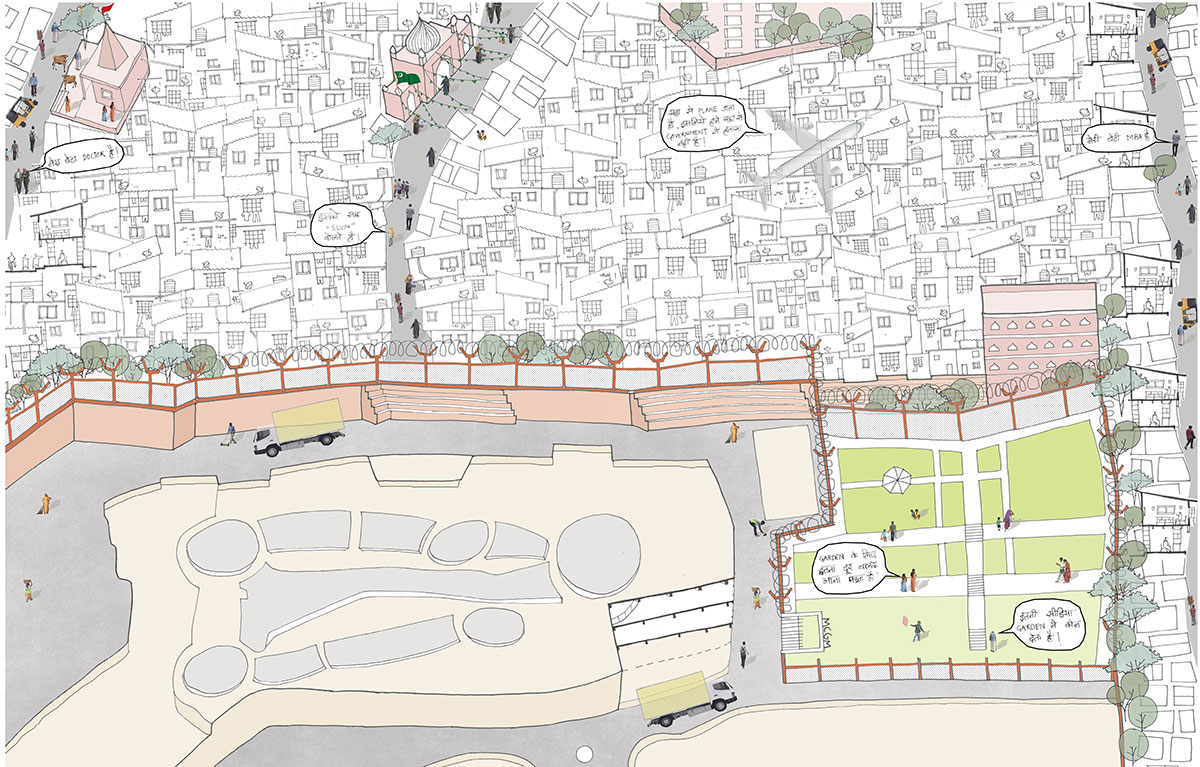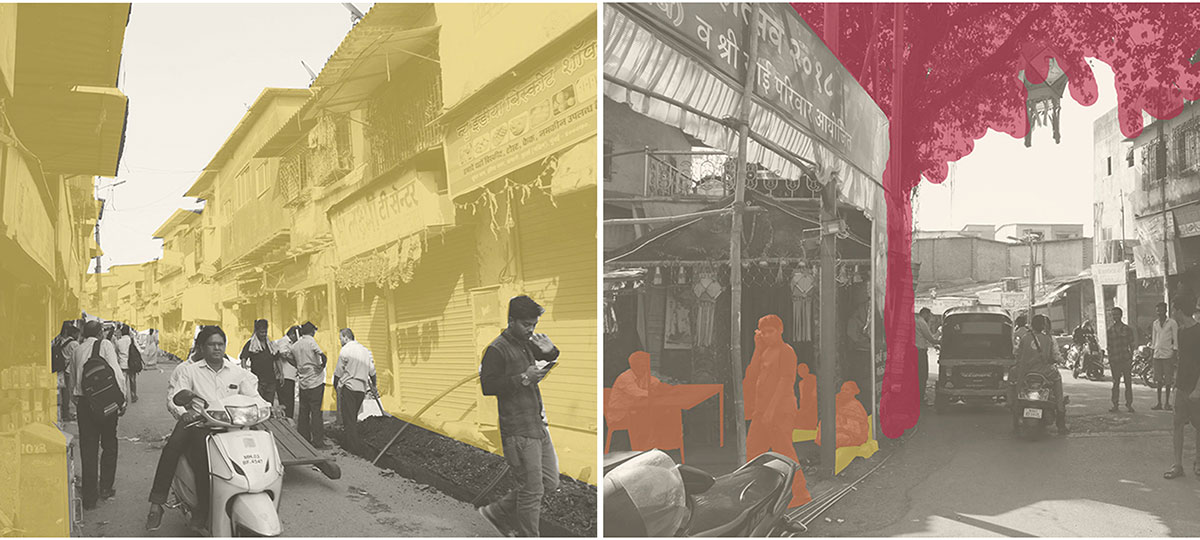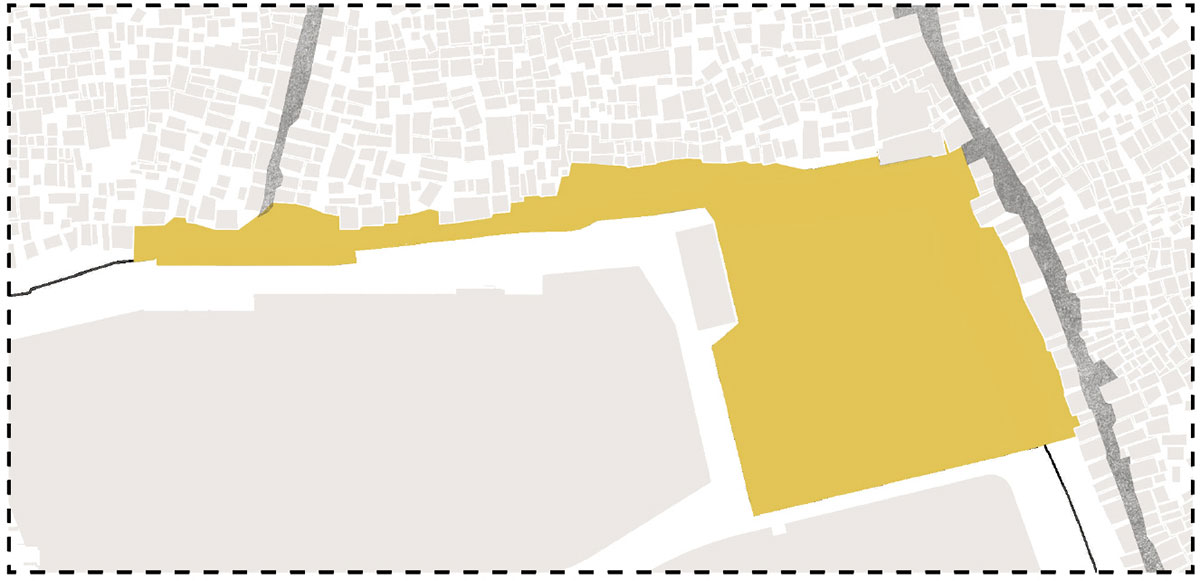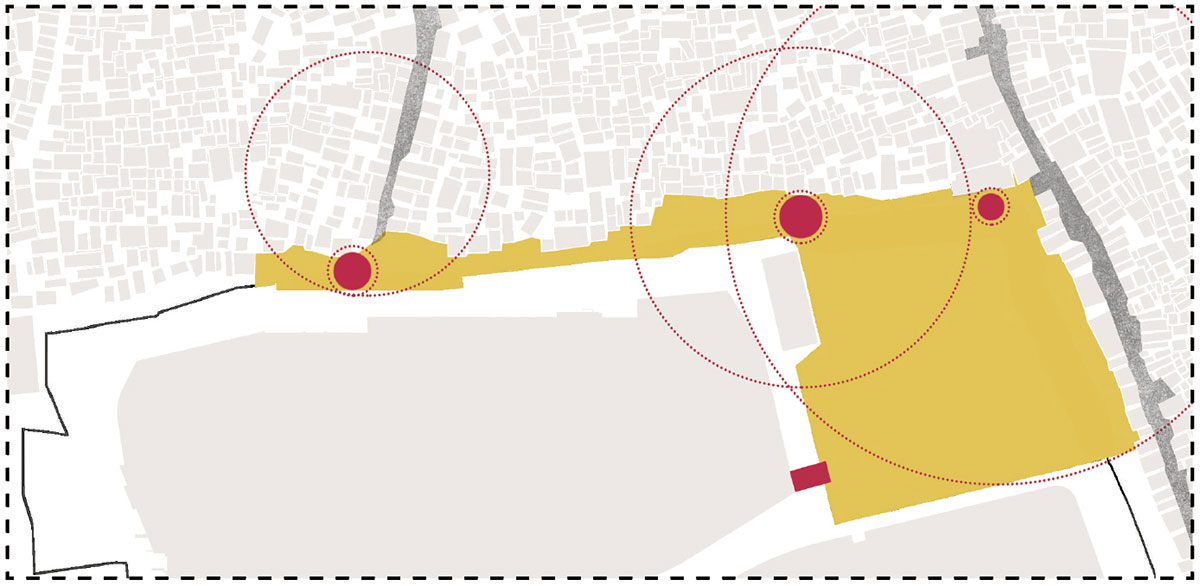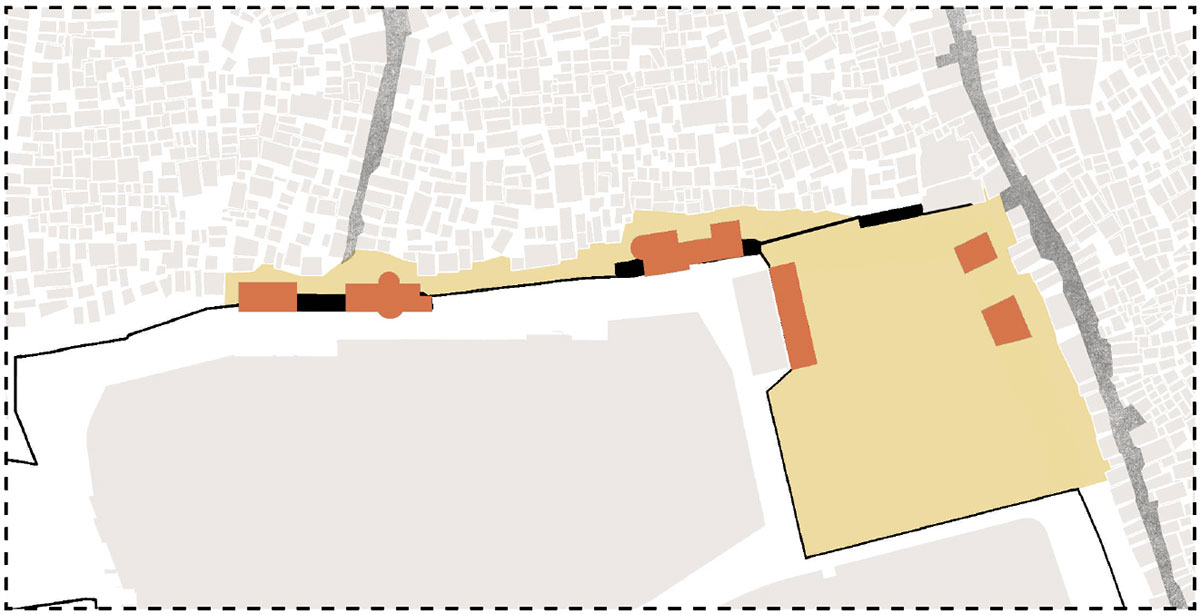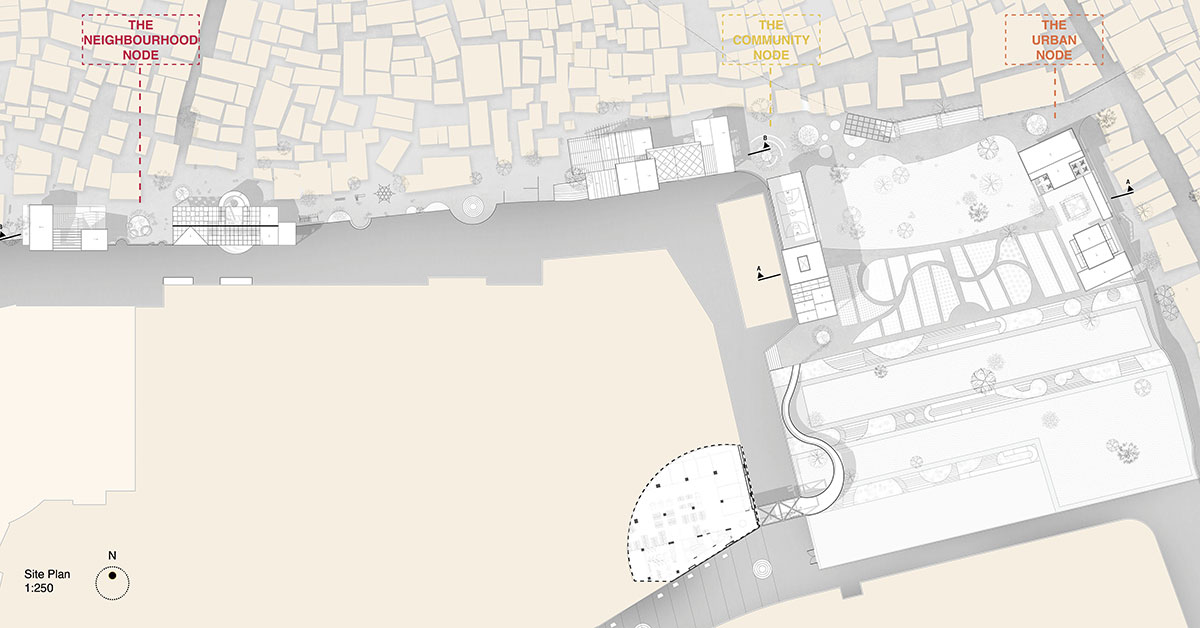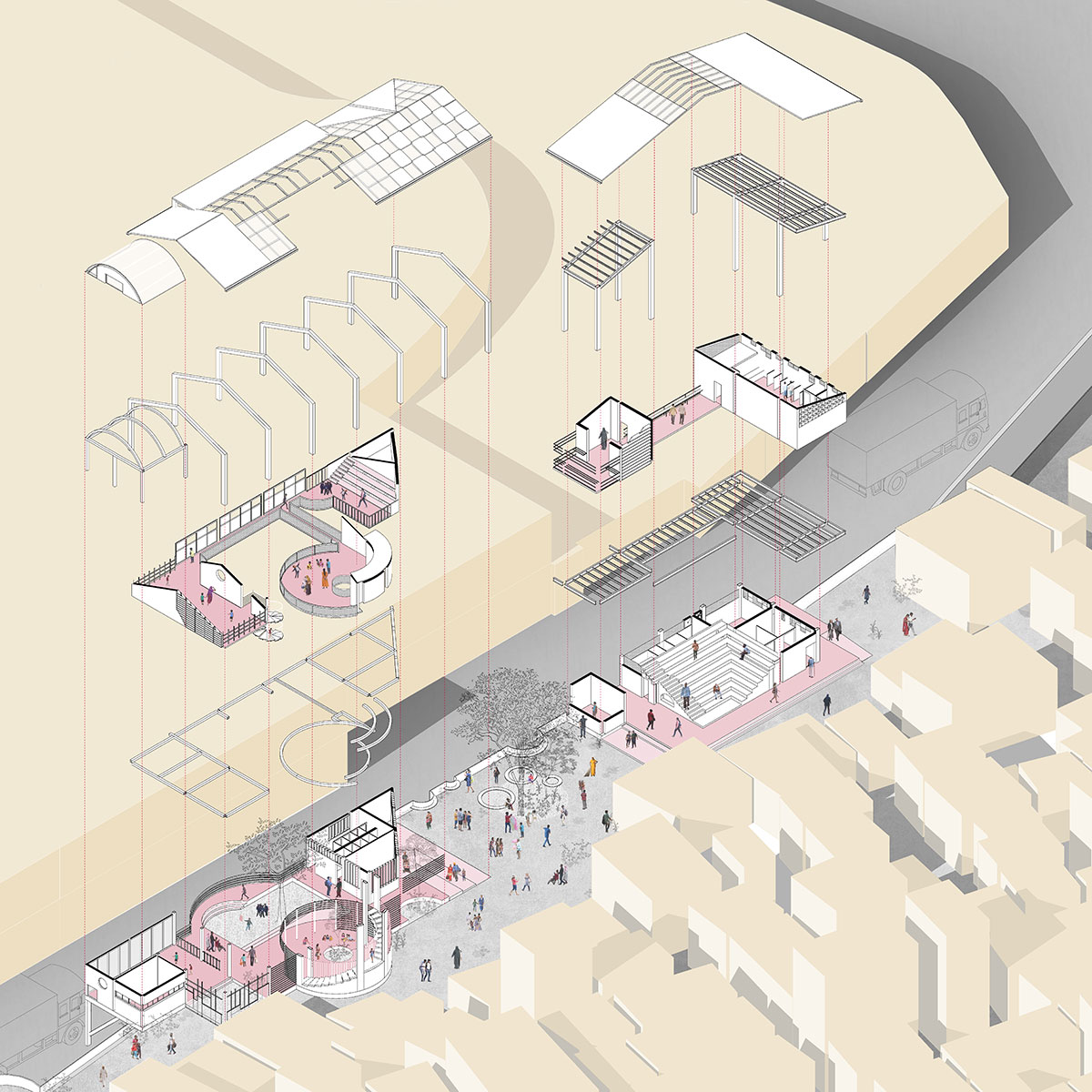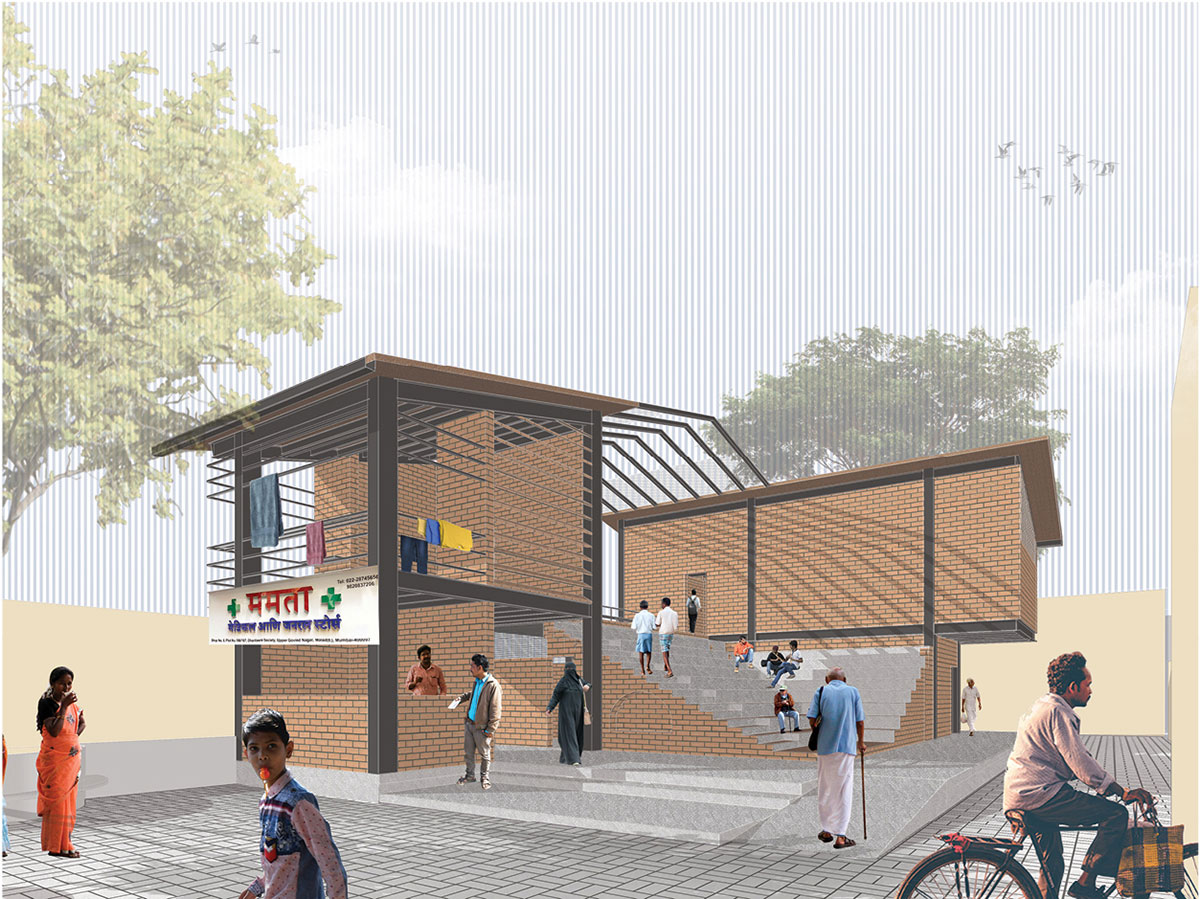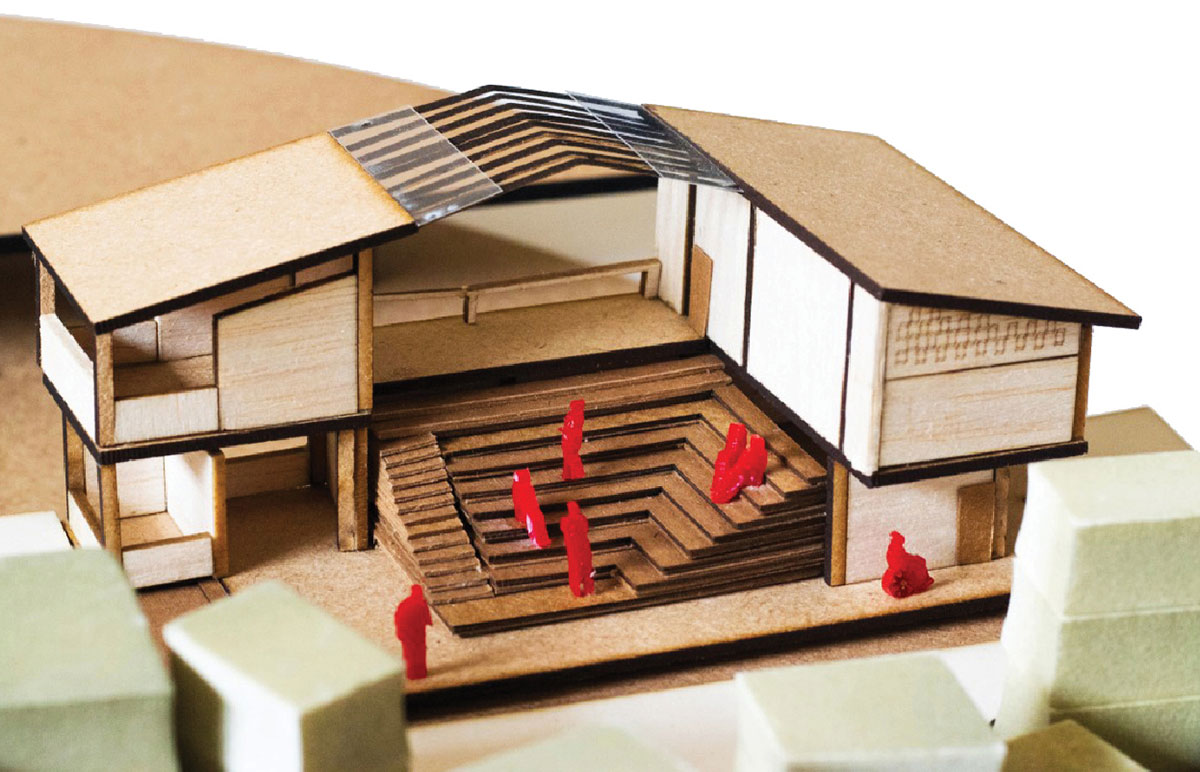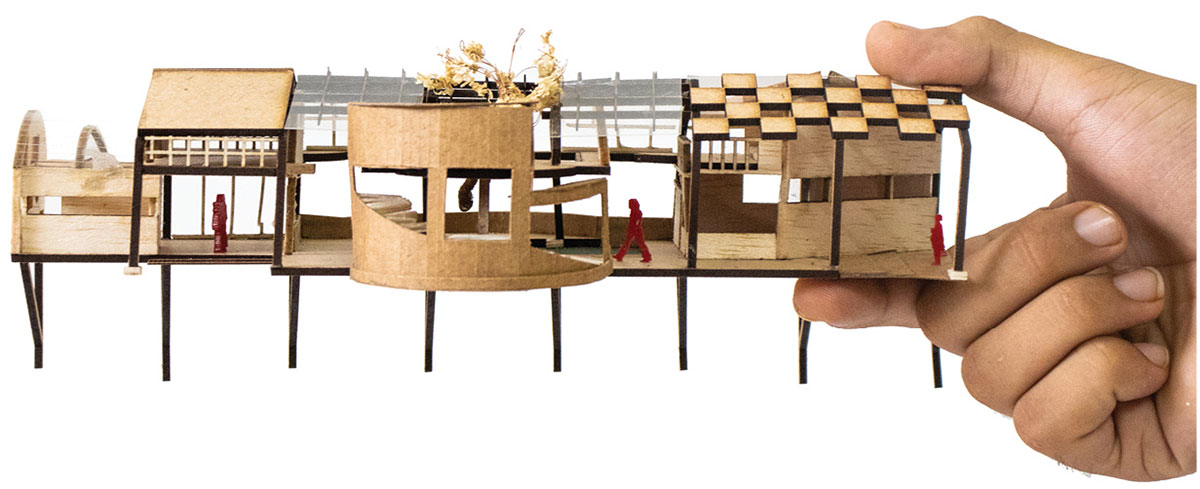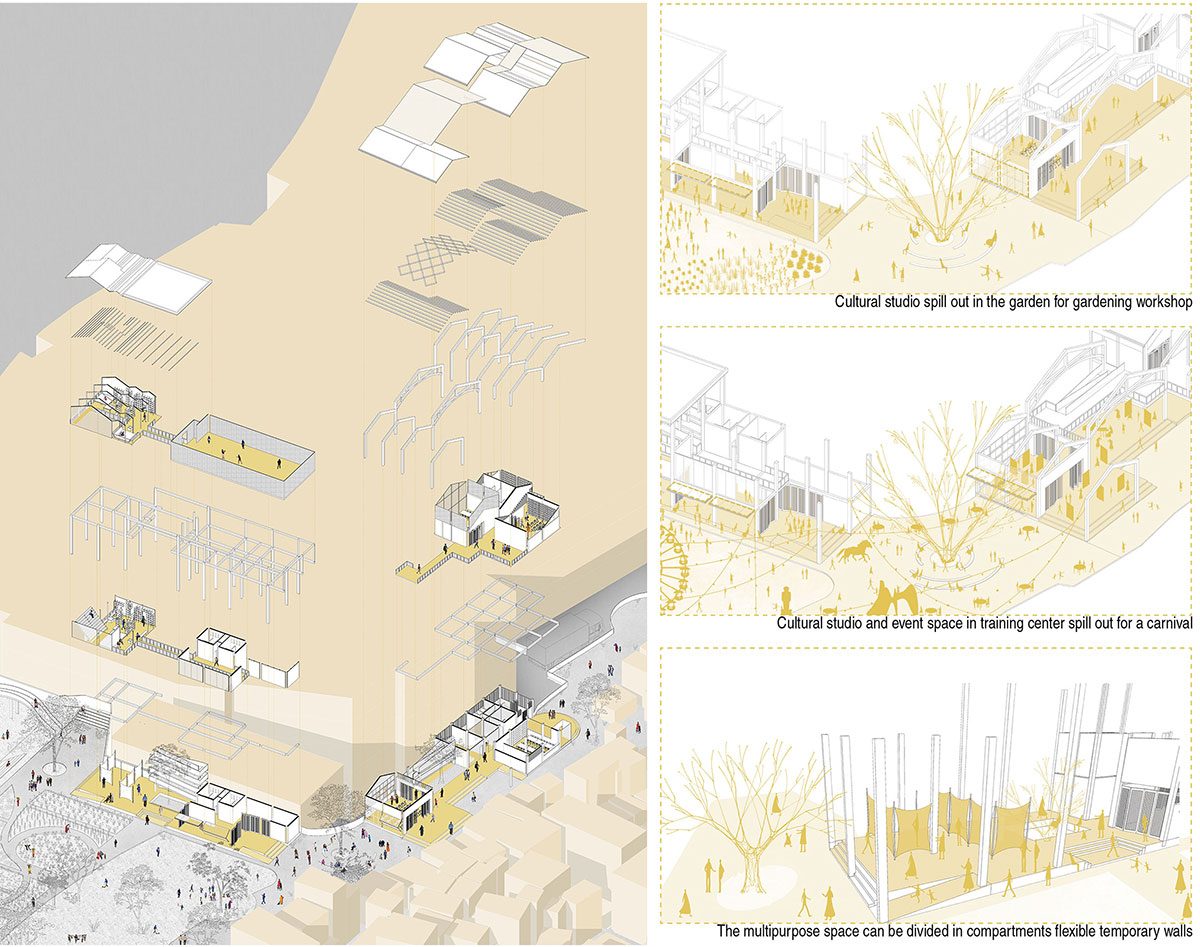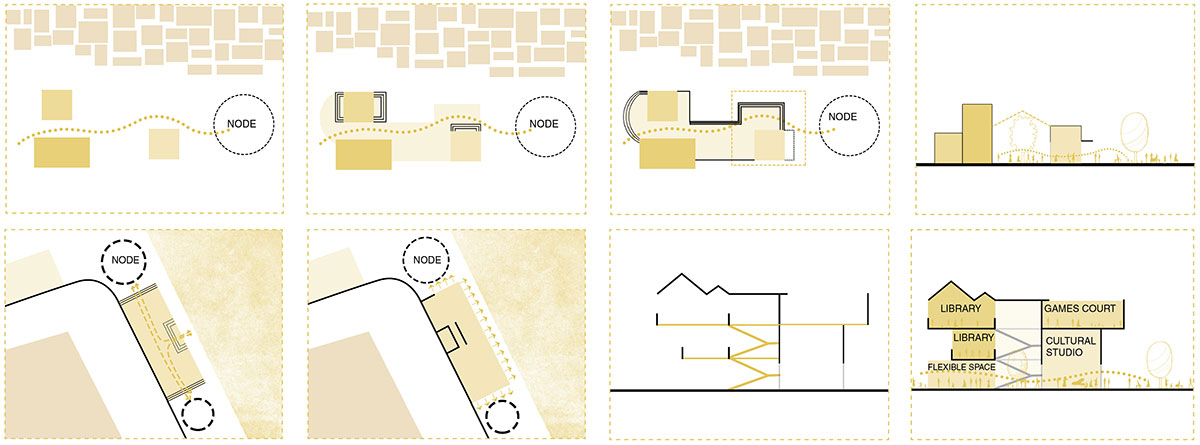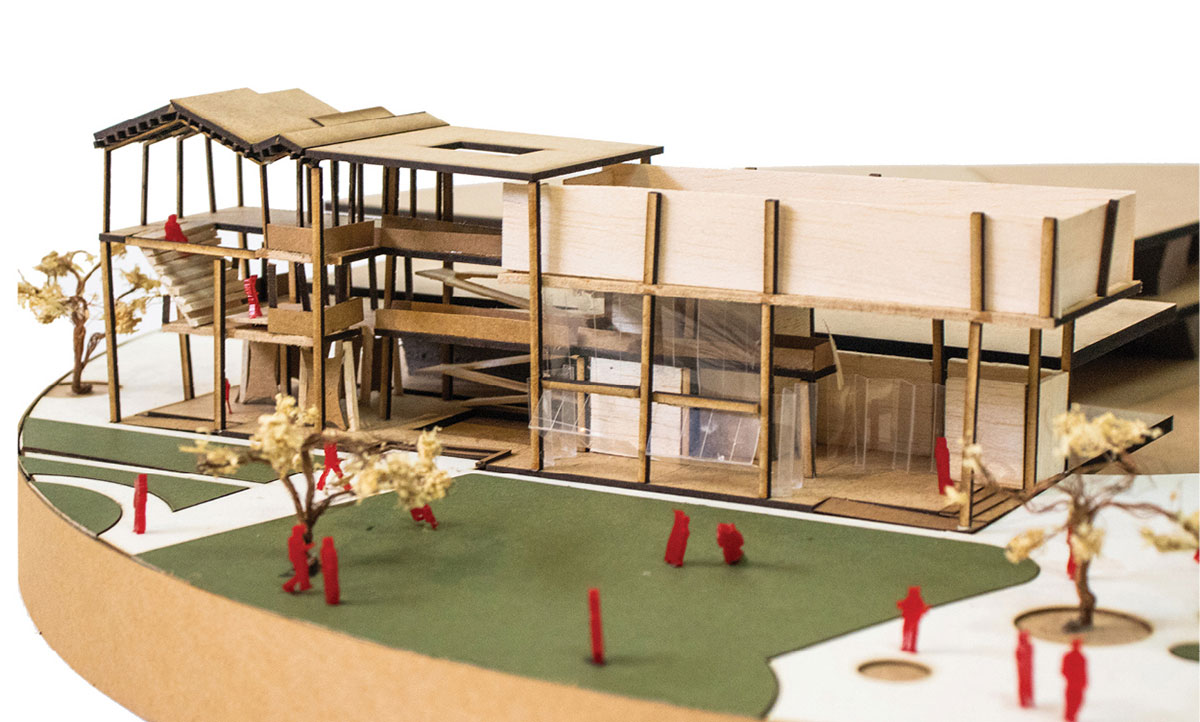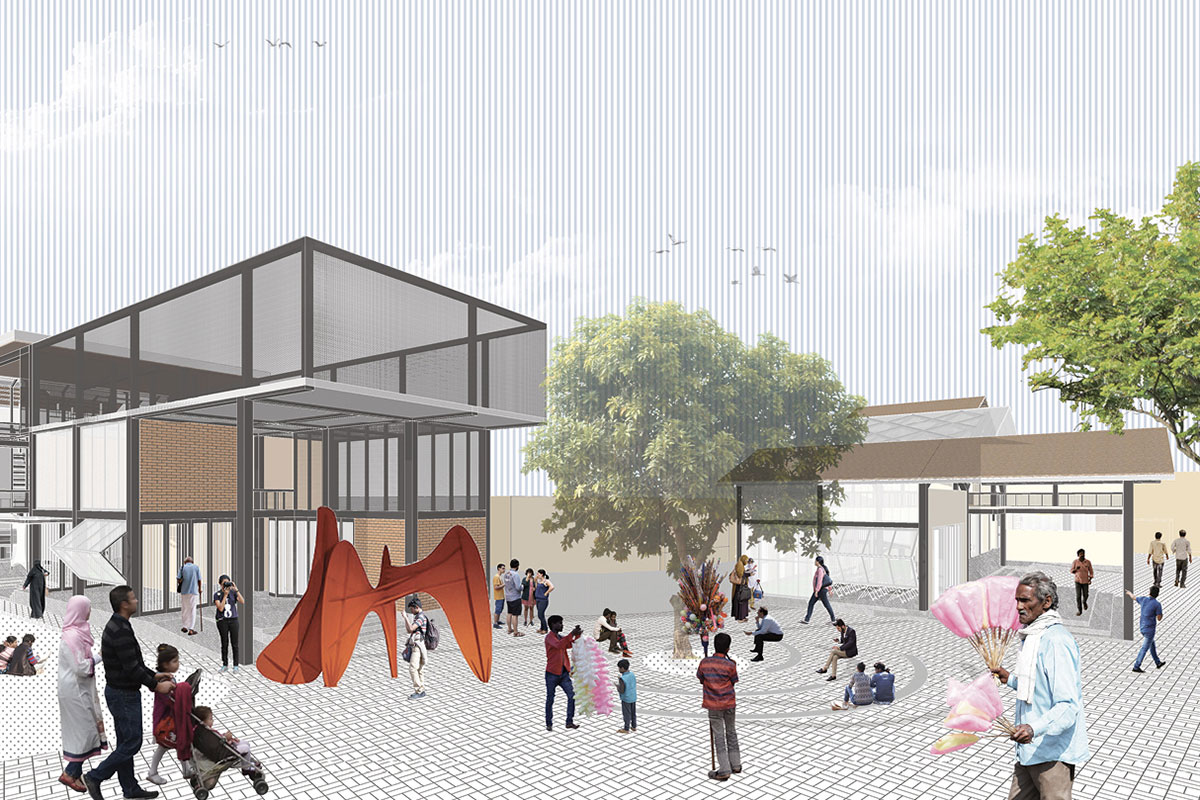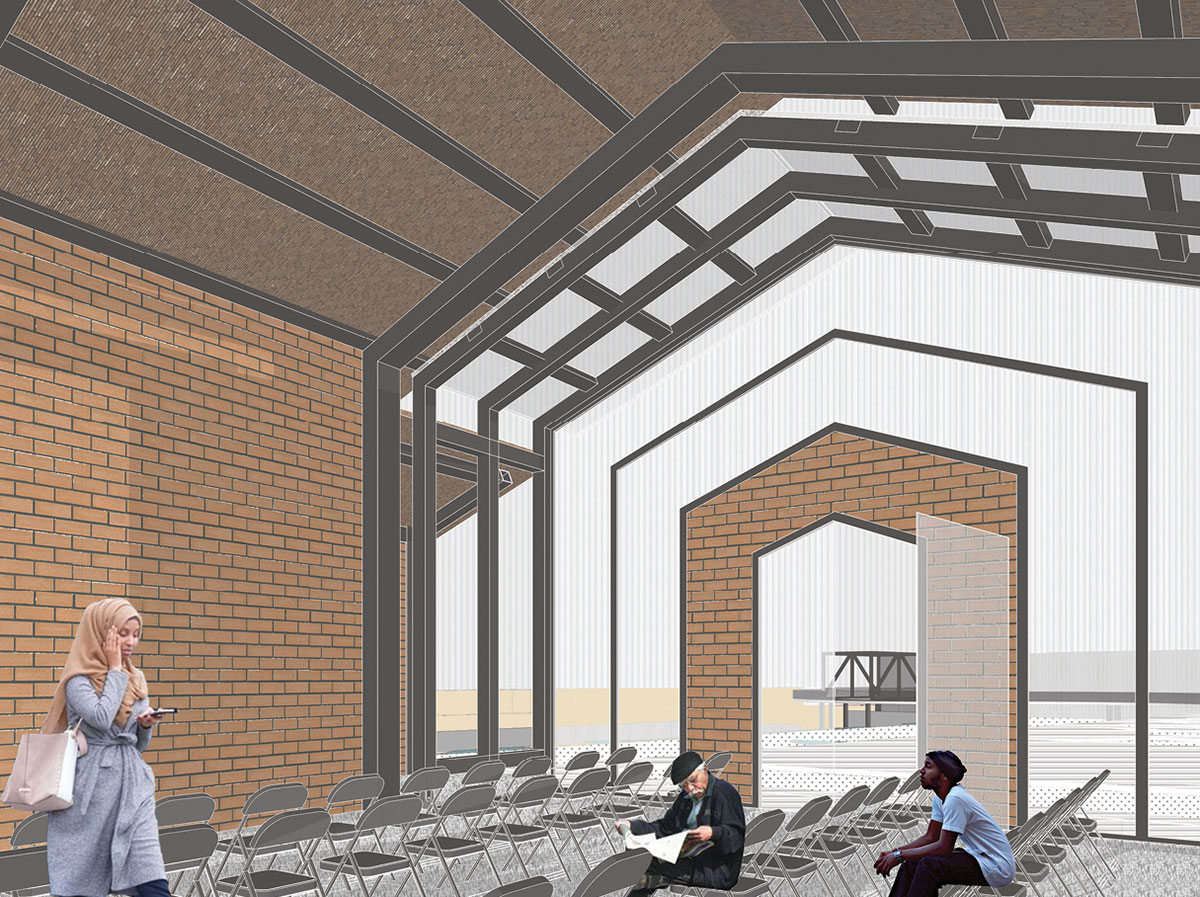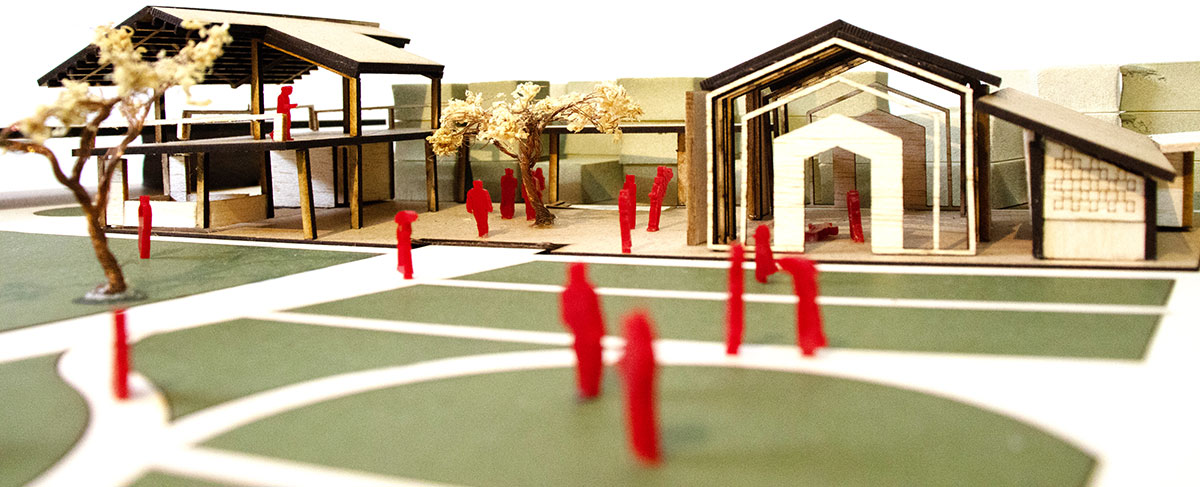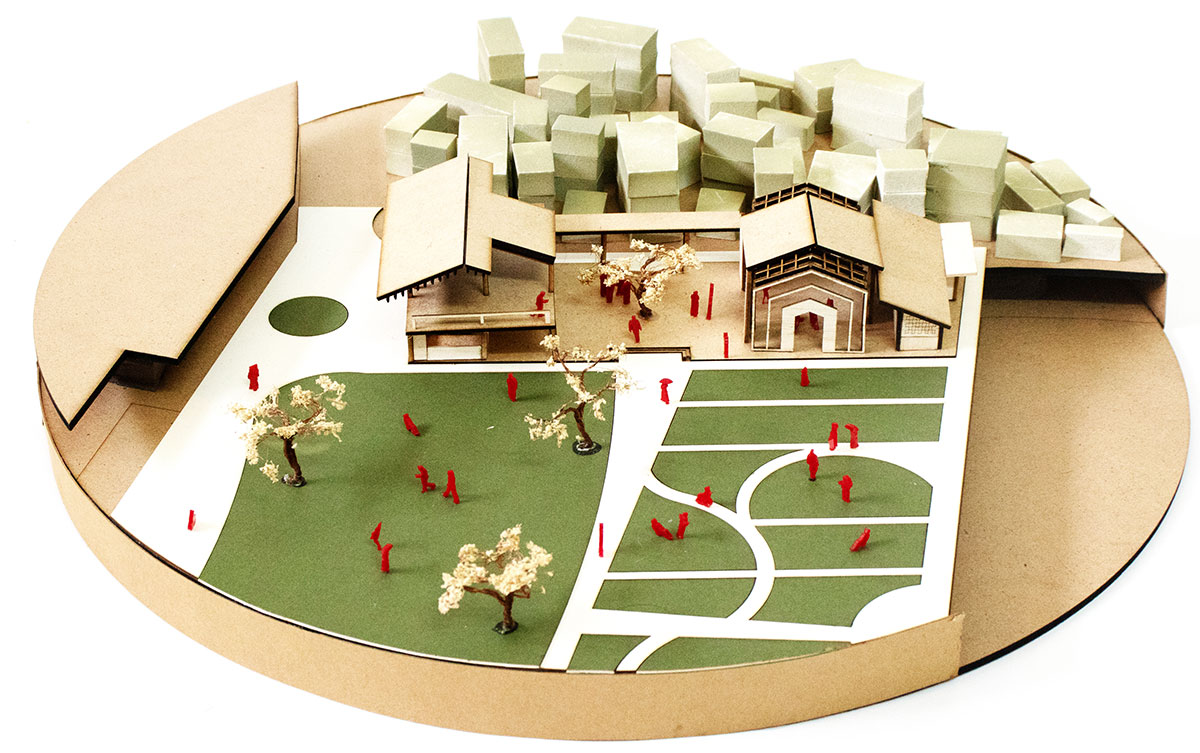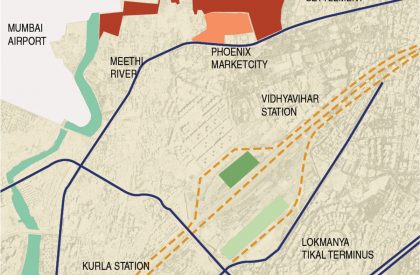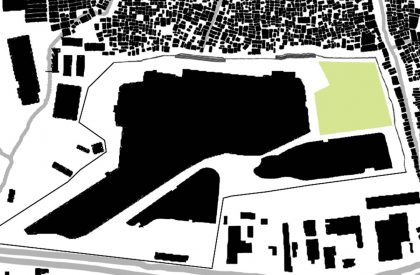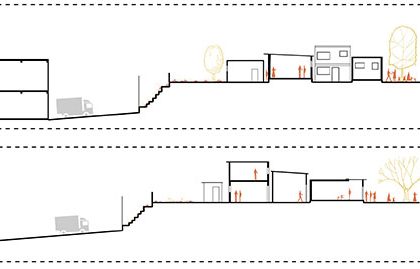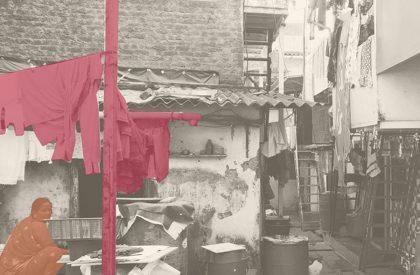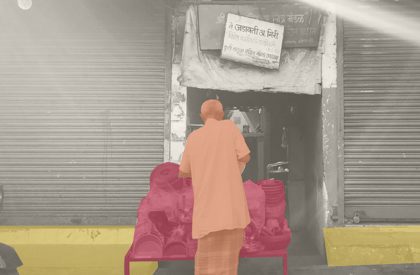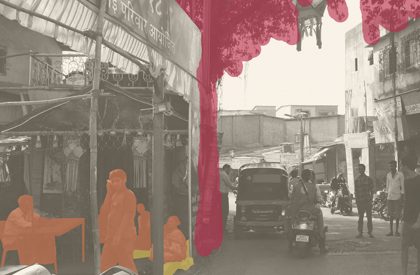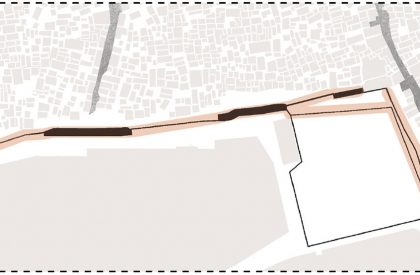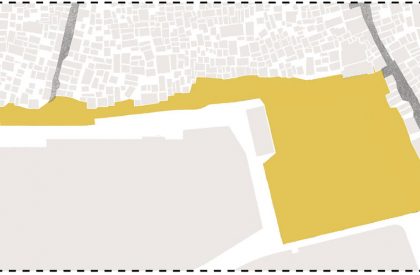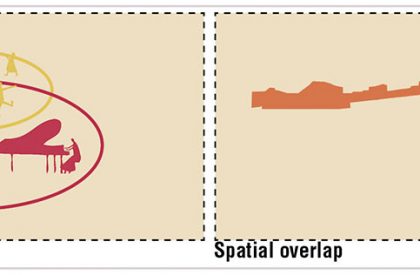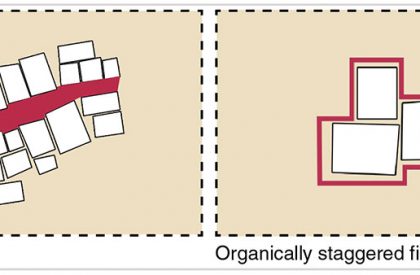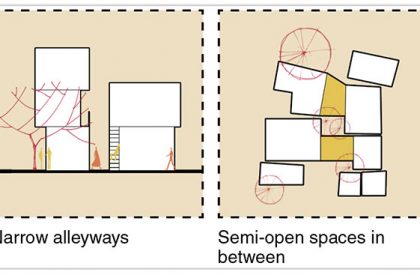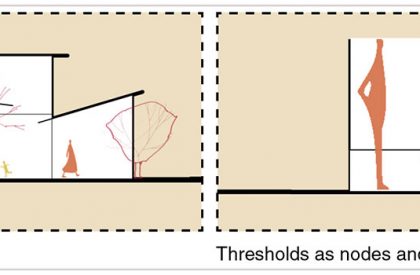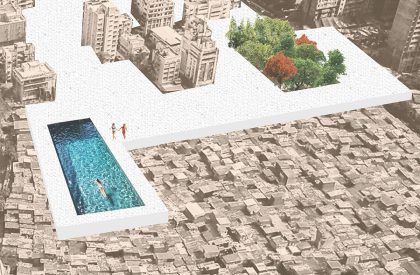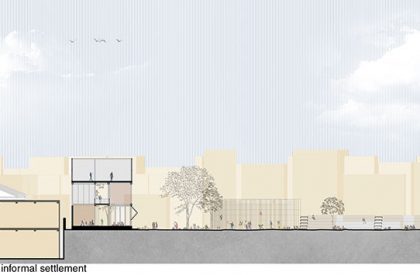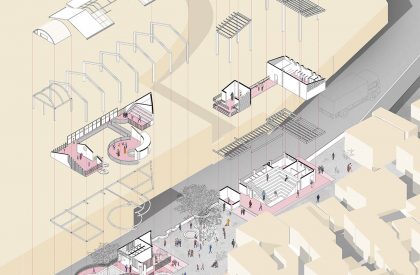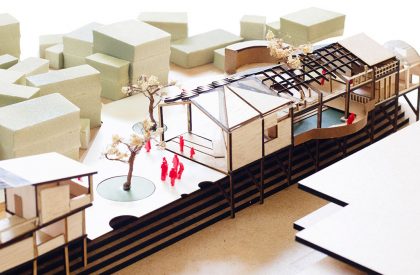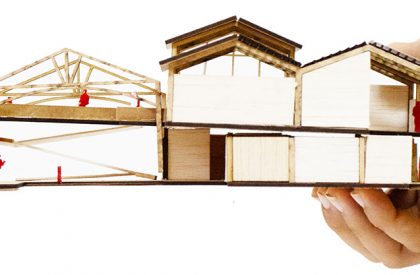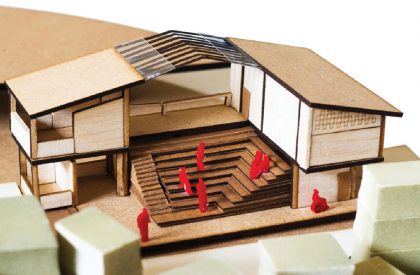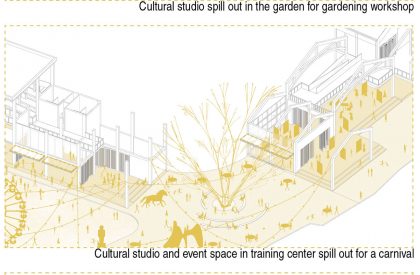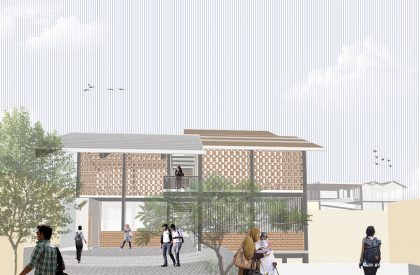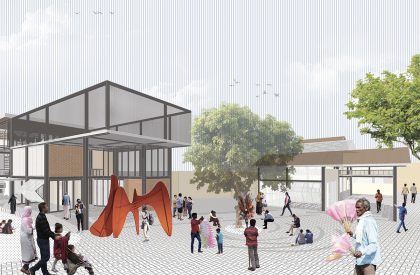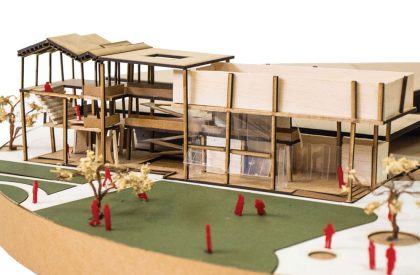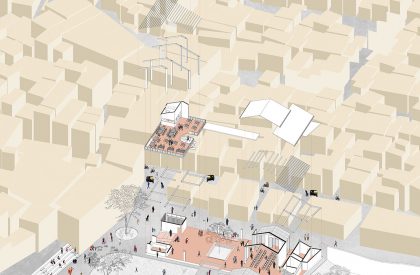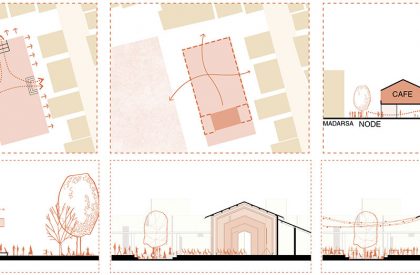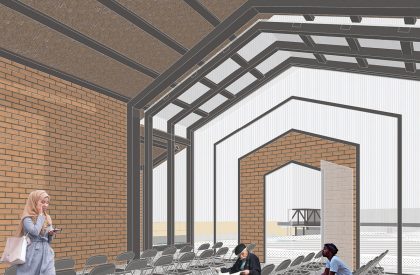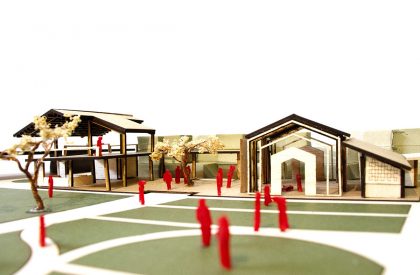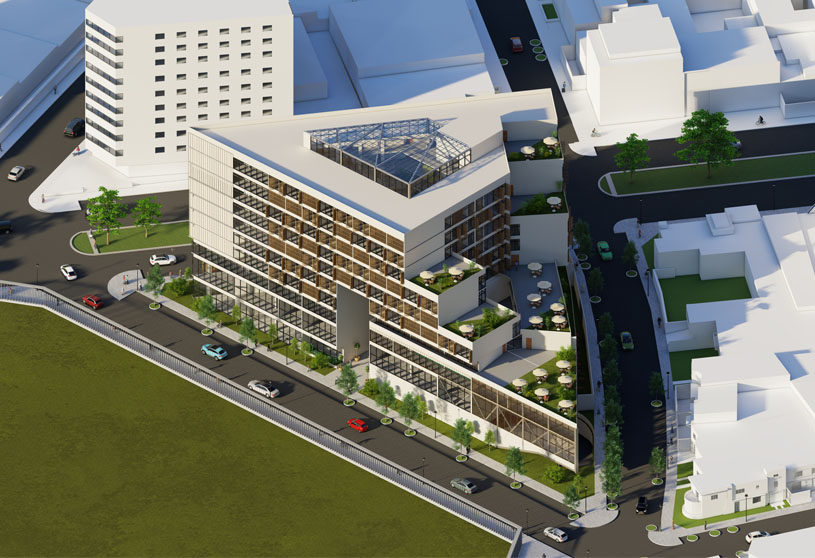Excerpt: ‘Celebrating The Formal-Informal Interface’ is an architecture thesis based on community development by Yashasvi Admane from Rachana Sansad’s Academy of Architecture, University of Mumbai, that seeks to create a link between the formal and informal realms in the urban fabric. The thesis focuses on identifying the public sector’s development and redevelopment projects in the city and how they can support and contribute to the surrounding area’s development. To foster community participation and a more cohesive society, the project seeks to create areas where individuals from all walks of life can come together and build.
Introduction: The project aims to challenge preconceived notions about urban informal settlements and the impact of current architectural development to uncover and undermine some of the underlying presumptions that might be a factor in the discourses’ marginalising effects.
The Phoenix Marketcity mall in Kurla, Mumbai, is a starting point for redevelopment in the area. The mall is located on redeveloped steel industry land, with 7.5% of the land allocated for parking as a public amenity. The amenities are planned focusing only on one section of the society. This project aims to establish a model wherein new urban endeavours benefit the city’s primary users as well as the surrounding community.
The architecture thesis focuses on identifying the public sector’s recent and ongoing development and redevelopment projects in the city and how they can support and contribute to the surrounding area’s development. The goal is to initiate a catalytic response to similar situations. To foster community participation and a more cohesive society, the project seeks to create areas where individuals from all walks of life can come together and build.
Save



